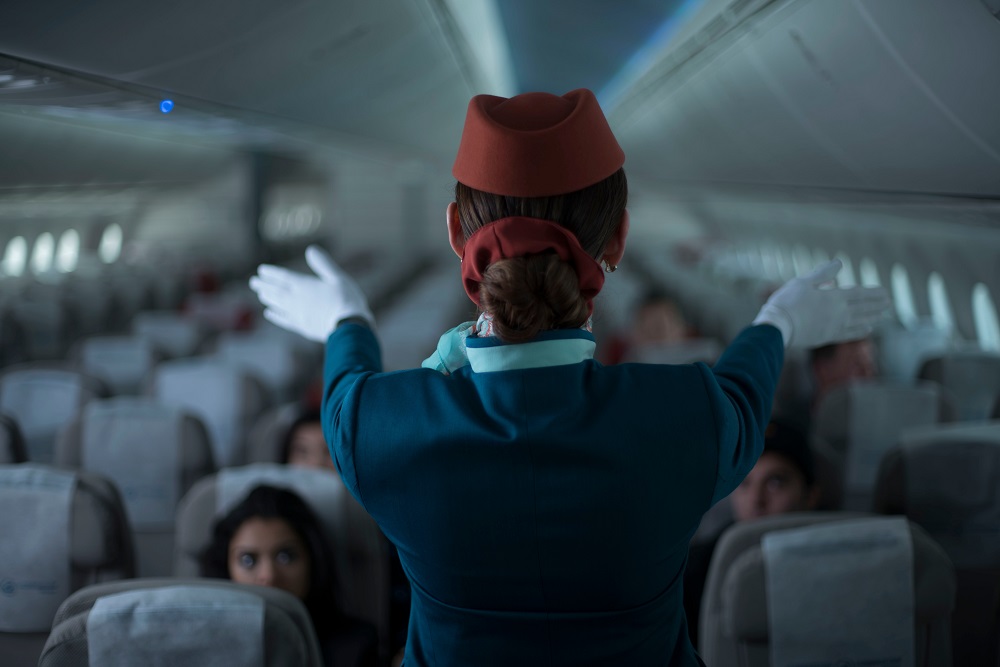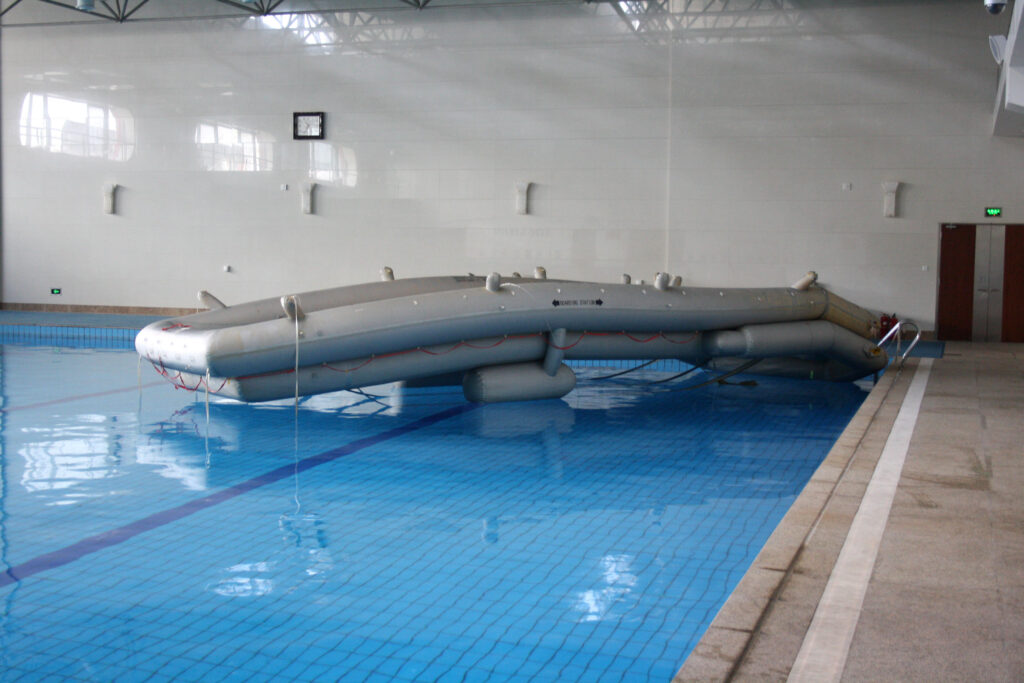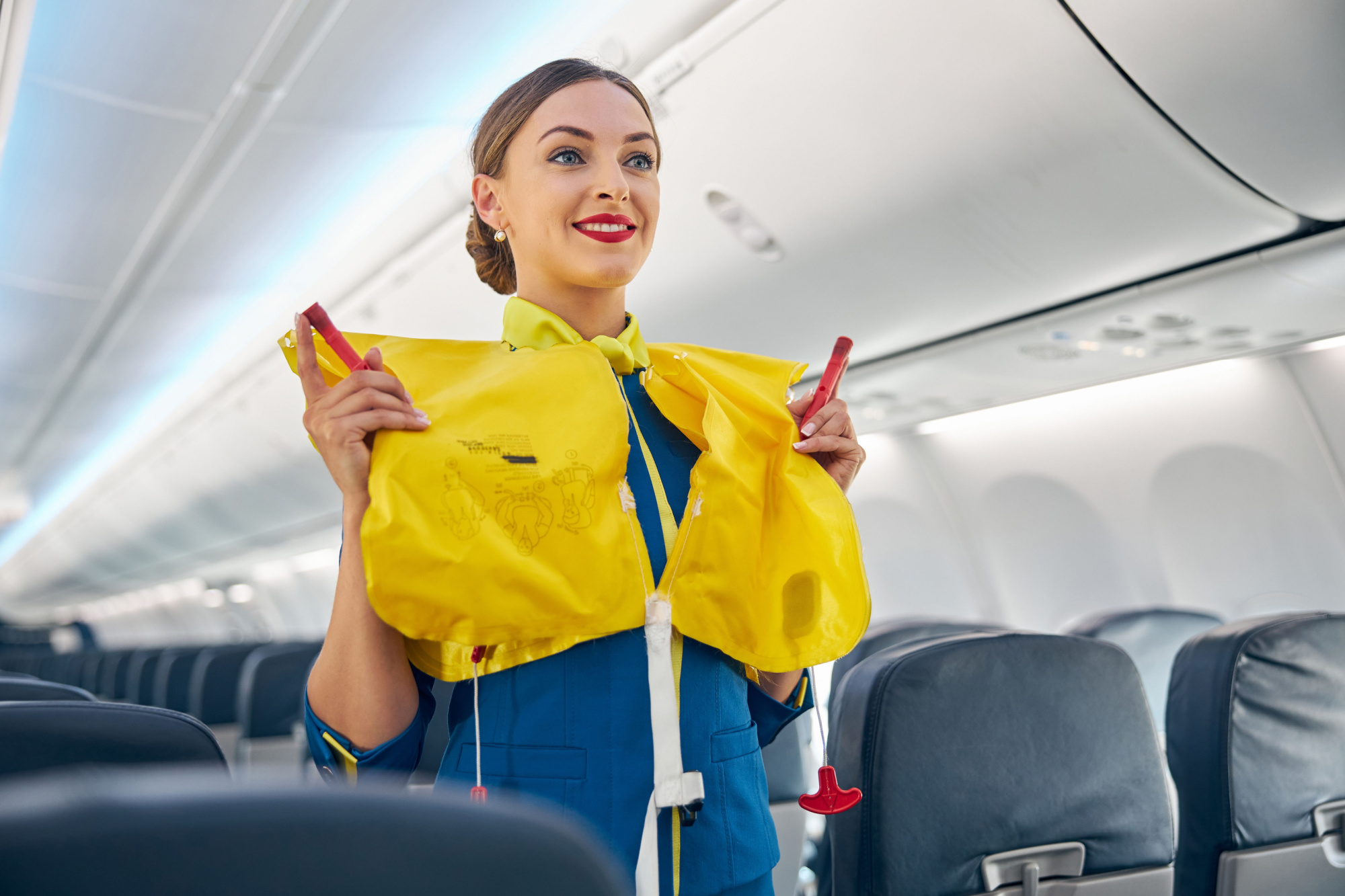Choosing to be a flight attendant is like entering a world where each day offers new places, diverse cultures, and unforgettable experiences. Becoming part of the cabin crew can be an exciting adventure. But do you really know everything about what it takes to become a stewardess?
If you dream of flying, traveling and making passengers happy, this article is for you. It will provide you with essential information on how to become an airline stewardess or steward.
Table of Contents
Is it a flight attendant, a cabin crew member, or a steward/stewardess?
Have you ever wondered what to call the staff who work inside an airplane’s cabin? There are numerous variations!
Whether you use a flight attendant, cabin crew member, a steward or stewardess, their significance is clear. These professionals are essential for creating a positive and enjoyable journey for everyone onboard. Regardless of the title used, their dedication makes them crucial members of the airline community.

What does a flight attendant do?
So, what are the main roles and key responsibilities of a flight attendant? Their primary duties involve assisting passengers and attending to their needs at every phase of the flight. In general, the key responsibilities of a flight attendant include a wide range of tasks and interactions, such as:
- Conducting pre-flight safety demonstrations
- Managing emergency situations to ensure passenger safety
- Monitoring passengers for any unusual behavior or potential safety concerns
- Assisting passengers with the boarding process, seating arrangements
- Stowing of carry-on baggage if necessary
- Helping passengers with infants or specific health requirements
- Serving food and beverages and fulfilling passengers’ requests throughout the flight
- Upholding cleanliness standards within the cabin environment
- Effectively addressing any passenger concerns or inquiries
- Securing the cabin during takeoff and landing to maintain safety protocols
- Carrying out the instructions given by pilots
- Assisting passengers in safely disembarking upon landing
Entry requirements for a flight attendant
If you are considering how to become a stewardess or steward, you should be aware that this job has certain requirements you need to meet. By setting specific criteria, airlines can identify individuals with the critical skills and qualities needed to manage emergencies.
All airlines must guarantee a safe and enjoyable experience for their passengers. The thorough selection process upholds the airline’s reliability and reputation. This helps the airline keep up high safety, efficiency, and customer satisfaction standards, which are very important in the competitive airline industry.
Here are the ten simple and most common rigorous criteria to the flight attendants:
- Minimum education – A high school diploma or equivalent is always required.
- Age requirement – Applicants must be at least 18 years old.
- Language proficiency requirement – Flight attendants must be fluent in English. Other languages are beneficial.
- Prior experience in customer service – Prior experience in customer service roles is highly valued.
- Physical fitness criteria – Flight attendants must pass a physical fitness test. They also must meet height and weight requirements.
- Medical certification criteria – Cabin crew must pass a medical examination to ensure they are physically and mentally fit for the role.
- Background check – All flight attendants must have a clean criminal record. They also must pass a thorough background check.
- Passport – Flight attendants must have a valid passport. The crew must be able to travel internationally without any restrictions.
- Interpersonal skills – To get a job working with passengers on a plane, you need to have strong communication and problem-solving skills. Teamwork is also really important.
Dive deeper into the key entry requirements for cabin crew right here.
Flight attendant school and training
Flight attendants, like other aviation professionals, must undertake training programs. These are important not only for gaining specific aviation knowledge but also for improving existing skills and qualities.
Newcomers start by completing an initial cabin crew training program at a local flight attendant school. They can also choose other course providers. However, an aviation authority must approve the initial flight attendant training program. For example, in Europe, schools must follow the program guidelines set by the European Union Aviation Safety Agency (EASA).
Often newcomers attend specialized flight attendant schools on their own initiative. The course teaches aspiring cabin crew members safety procedures, basic customer service skills, and other essentials for the role.
However, airlines insist on more advanced training for their personnel. They provide additional training after newcomers finish an introductory course. This advanced training is always customized to fit the airline’s specific operations and internal policies.

In conclusion, becoming a flight attendant opens the door to a career full of travel and cultural adventures. To start this journey, you need to understand the job’s responsibilities. It is important to align your skills with what airlines seek before applying. Training programs will help you gain more skills and improve your current ones, preparing you for exciting opportunities in the sky!
Still wondering how long it takes to become a flight attendant? Explore the essential steps to launch a successful cabin crew career here!

